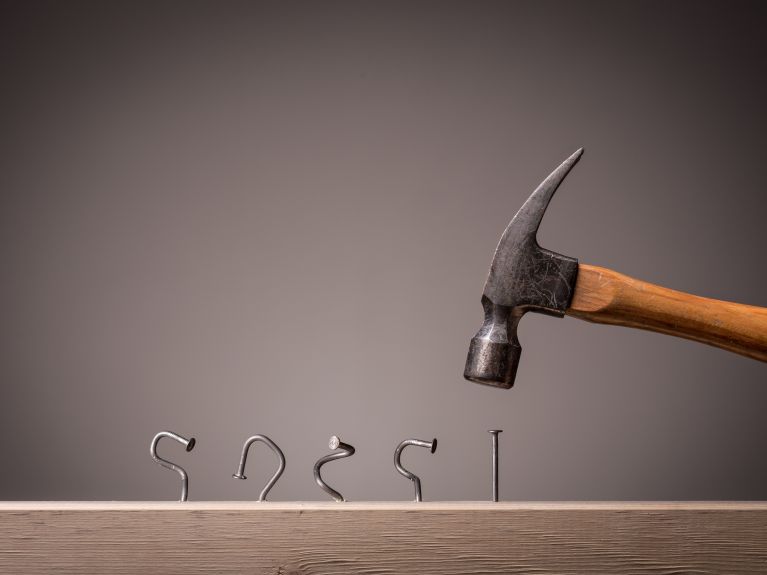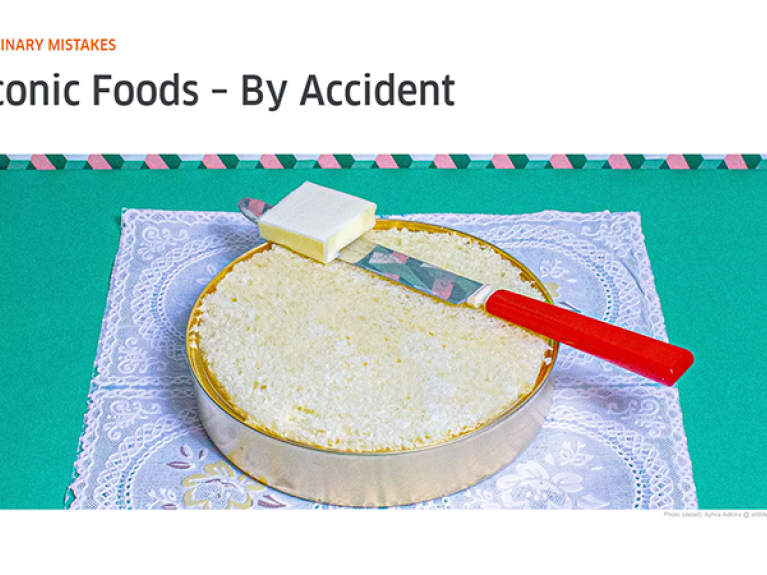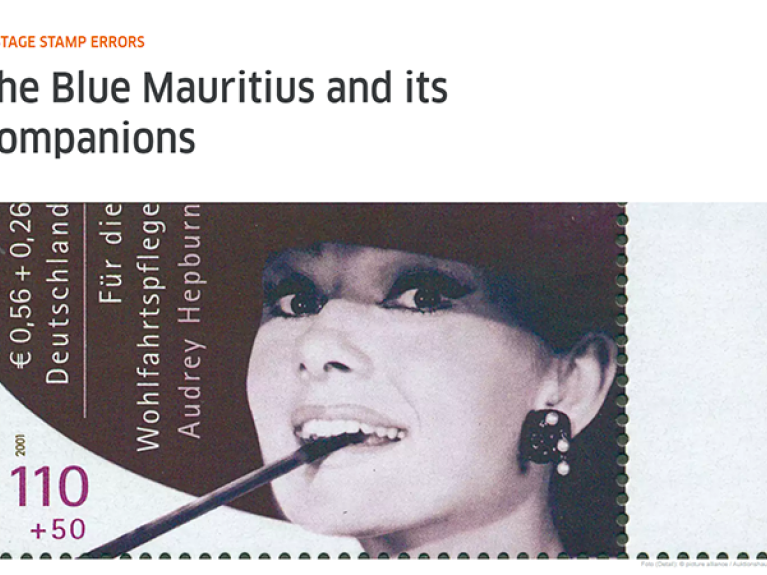A “mistake” – what good luck!
Not everything that goes wrong turns out well in the end. But often it does: a Goethe-Institut portal gives examples of the innovative potential of mistakes.

Mistakes can happen all too easily – as an absent-minded Egyptian baker discovered around 3,500 years ago when he accidentally left his mixing bowl next to the brewery. As a result, yeast bacteria got into his dough – that at least is what researchers presume must have happened – and sourdough was born, much to the delight of billions of bread-lovers of the future. This and other culinary mishaps are presented on the page “Iconic foods – by accident”.

That was a beginner’s mistake: the Goethe-Institut’s website is split into three categories to classify the types of mistake: beginner, intermediate and advanced. In the “intermediate” category we are introduced to the virtuoso art forger Wolfgang Beltracchi and learn about the discovery of the Post-it note and the “Blue Mauritius” stamp.

Now things are getting a bit more advanced: the category of the same name gives reasons why we tend to make heavy going of interpreting other people’s behaviour, looking at “AI Errors in Art” or modern dance: “The Shape of Things to Come”.

After all, several hours of fascinating reading later we know that life without mistakes would be considerably poorer. Artists and authors from all over the world are therefore celebrating the mistake and its potential for innovation: the most beautiful mistakes, both large and small, in the areas of art, language, technology and society.
“Fehler” is available in three languages.

